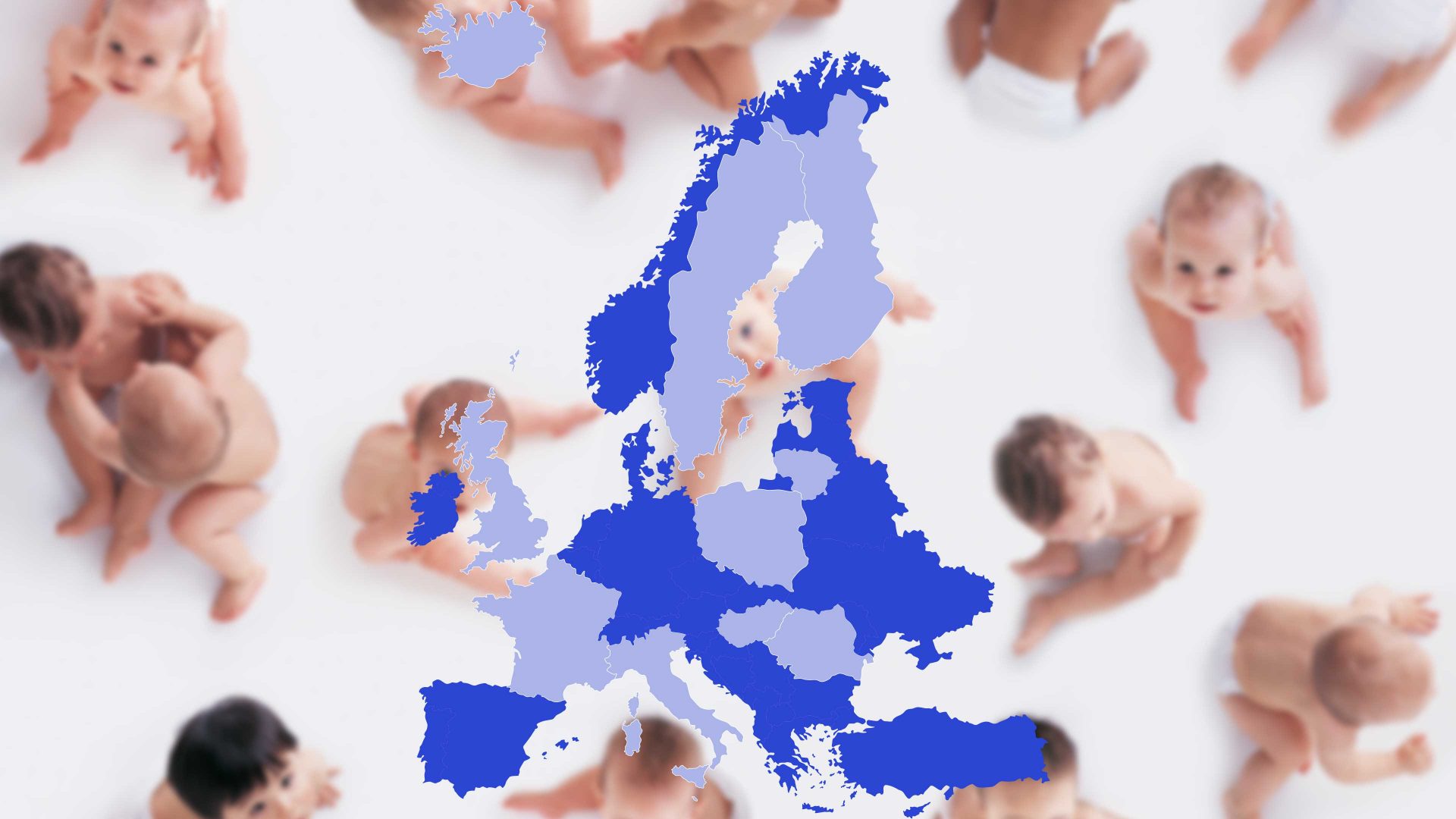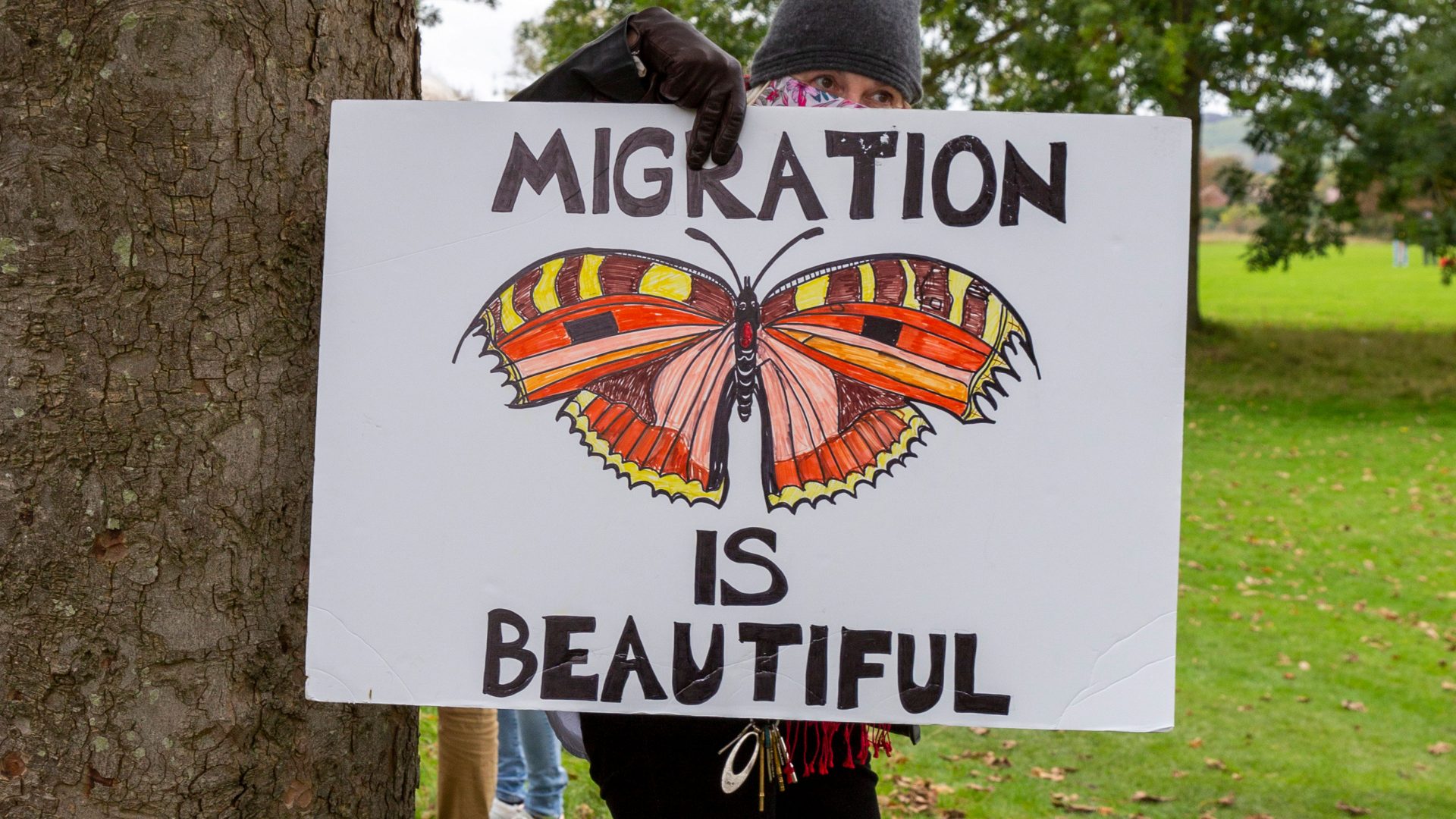Iceland
A pandemic baby boom was predicted for Europe as couples locked down together, and in Iceland’s case, this came true. A remarkable 16.5% more births than normal in the second quarter of 2021 saw Iceland struggling to increase the capacity of its maternity wards. Denmark and Norway had only a 3% and 5% rise respectively over the same period.
Sweden
There was no boom in many other European countries, with researchers finding that those with the strictest Covid lockdowns experienced the most significant drop in birth rates nine to 10 months later. Sweden – which did not lock down at all and suffered a high number of pandemic deaths – saw births decline by only 6.4% year-on-year in January 2021, compared with a 28% drop in Lithuania, an hour’s flight away across the Baltic.
Britain
Births in every UK nation have been declining for the past decade and the cross-party Social Market Foundation think tank predicts this will eventually lead to a shortage of working-age adults and further economic decline. In England and Wales, live births decreased in January 2021 by 13%, compared with 2018 and 2019. In Scotland, they dropped by 14%. Births have increased since, but are not back to pre-pandemic levels.
France
Traditionally, France has the highest birth rate of all EU countries but last year it saw the biggest fall in births since the end of the baby boom in the 1970s. The 53,000 births in January 2021 were a 13% drop on the figure published for January 2020 and by the end of the year the total number of babies born in France was 735,000, 7% down year on year and the lowest figure since the end of the second world war. Pau mayor and pro-EU campaigner François Bayrou has urged people to “have more children” in order to preserve the future of French society.
Italy
Italy was the first European country to experience the full effects of the Covid-19 crisis and it suffered a sharp decline in birth rates as a result. In December 2020, the nation recorded 21.6% fewer births compared with December 2019. The country had roughly 400,000 total births in 2020 (down from 420,000 in the previous year) and recorded 647,000 deaths, marking the largest gap between the two since the beginning of the Spanish flu pandemic in 1918-20. The new prime minister Giorgia Meloni has vowed to tackle what she calls Italy’s “demographic glaciation” with free childcare centres and nursery schools for working parents.
Hungary
Hungary’s fertility rate – the average number of children per woman – hit an all-time low of 1.23 in 2011 and for the rest of the decade remained well below the level of 2.1 that is required for the population to remain constant. To combat this, Viktor Orbán’s government has been spending 5% of GDP on policies including loans for couples planning to procreate and free treatment at nationalised IVF clinics (as long as women were under the age of 40 and heterosexual). But there have been mixed results: while the government now says its birth rate is the fastest in the EU, the first quarter of 2022 saw a record low of 19,688 children born in Hungary – the first time this century the number has fallen below 20,000.
Finland
Finland was one of the Nordic states to experience a pandemic baby boom. In January 2021, it reversed years of decline and reported a 3% increase in the number of new babies recorded. The nation’s birth rate had been falling steadily for almost a decade, hitting a historic low in 2019 of 1.35 births per woman. Finland locked down only briefly, with many restrictions lifted in a matter of weeks.
Lithuania
Lithuania experienced the most significant drop in live births in 2021, with just 23,000 babies born. Researchers said this “surpassed even the gloomiest forecasts” and was the result of “the short-term shock of the Covid-19 pandemic”. The pandemic also forced couples to marry later than planned, thus pushing back the arrival of their firstborn as the country’s birth rates are still very much linked to marriage.
Poland
The number of births per woman has fallen from 3.0 in 1960 to 1.32 in 2021, despite Poland’s populist far-right government promoting a new family allowance scheme that pays mothers more – based on how many children they have. In remarks that sparked outrage, the leader of ruling party, Law and Justice, blamed the nation’s low birth rate on young women drinking too much. Cooler heads cited rising costs putting young people off the idea of raising families in a nation where inflation is at nearly 18%, as well as restrictions on abortion that have encouraged more women to use contraception.
Romania
In 2019, Romania recorded its lowest birth rate in 53 years. Two years later in 2021, the impact of the pandemic and the rising cost of living meant the lowest rate in 100 years was recorded. Now the country’s ministry for family has launched a programme under which 2,500 couples and single women will receive financial support to cope with extra costs when they become pregnant.


